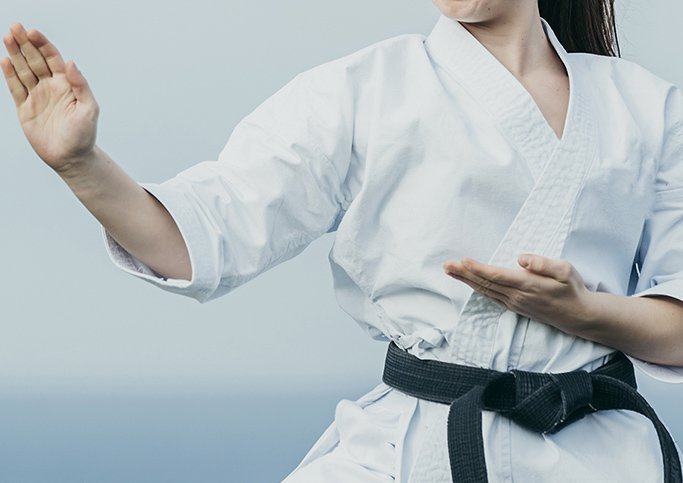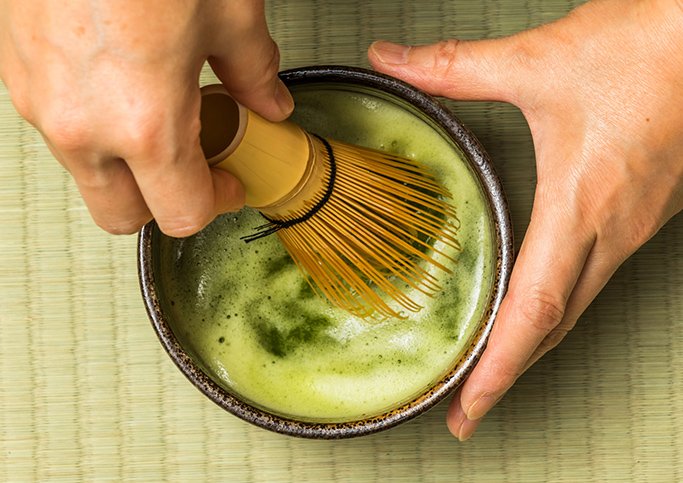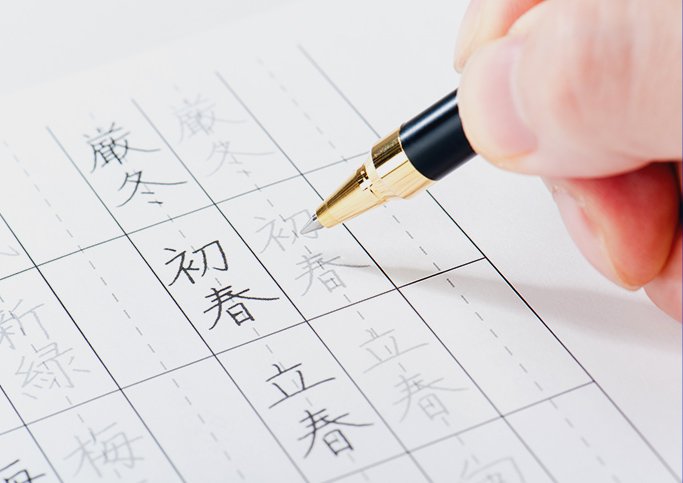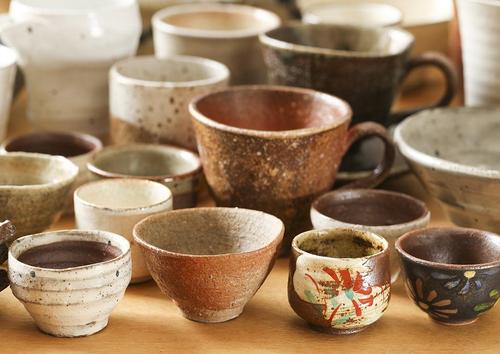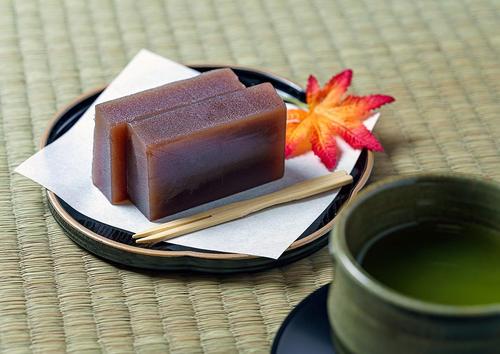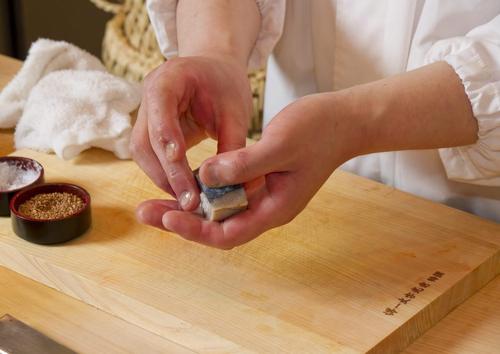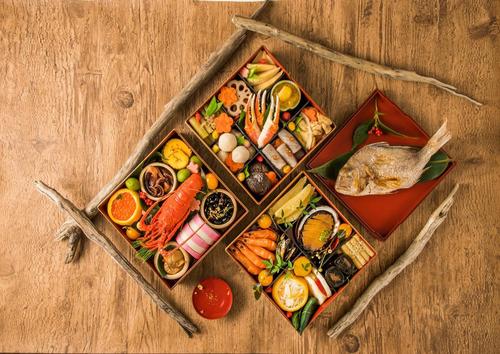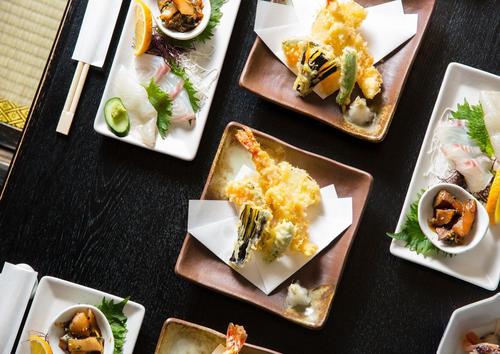
Sake
Nowadays, there are many overseas lovers of sake as "SAKE", but although we can talk about the taste such as the elegant sweetness of rice and the aroma like flowers, few people can talk about its history. Here, we explain the origin and manufacturing method of sake, and the history of sake in chronological order in an easy-to-understand manner. We also introduce sake breweries that represent Japan, so please use them as a reference when deepening your knowledge of sake that is popular around the world.
Origin of sake ・ When have you been drinking sake?

First of all, I will explain the origin of sake being made in Japan.
Is the beginning of sake in western Japan during the Yayoi period?
There are various theories about the origin of sake, and it is said that it was during the Yayoi period when rice cultivation, which is the raw material for sake, was introduced, while there is also a theory that sake using rice was already drunk during the Jomon period.
A description of sake made from rice has been found in western Japan, such as the Kinki region and Kyushu, and it seems that rice-derived sake was drunk at least in western Japan during the Yayoi period.
There is also a theory that the method of making sake was introduced from China to the Kyushu region shortly before the Yayoi period.
What was the manufacturing method of sake brewing at the time of the birth of sake?
At the time of the birth of sake, there is a description about "Kuchikamizake" as one of the sake brewing methods. Kuchikamizake is a sake that a shrine maiden involved in Shinto ritual chews rice in her mouth and ferments it with enzymes contained in saliva. Some of you may know it because it may appear in movies and anime.
There is still a myth about how to make sake, but it is not clear because there is a theory that it uses fruits instead of rice. It can be said that sake has such a long history.
History of sake followed in chronological order

From the origin of sake to the modern era, how was sake made, enjoyed, and spread in each era? I will explain about sake for each era.
Nara period
Sake has been drunk for some people since before, but it is said that the manufacturing method using rice jiuqu was introduced from China during the Nara period, and the current method of brewing sake has spread nationwide. It was around this time that the "Sake no Tsukasa" was established to manage the sake presented to the imperial court.
Heian period
In the Heian period, the number of documents that describe how to make sake in more detail is increasing. "Soubou Shu" made at temples and shrines such as Mt. Koya was popular as a high-quality sake at that time. However, sake at that time was mainly used in Shinto rituals, and it seems that it was not something that could be easily put into the mouths of ordinary people.
Kamakura Period
During the Kamakura period, the rise of so-called "Kamakura Buddhism" led to an increase in the number of temples and liquor stores that make sake. With the development of commerce, sake has become as valuable as rice.
[If you read the article, may you know the meaning of this KARUTA? ]
Muromachi Period
In the Muromachi period, the sake manufacturing method became more sophisticated. A "two-stage preparation" was also established in which the process of adding water to steamed rice and jiuqu was divided into two steps, and it can be said that the current sake manufacturing method had already been completed by this time.
Edo Period
In the Edo period, sake brewing can be mass-produced by craftsmen, and the quality will improve. Techniques such as "cold brewing" made in winter, "mild method" to adjust the aroma of sake, and "burning method" to improve the preservation have been developed and spread to the common people by the hands of merchants.
In addition, the current common sense that "water is important for sake" became known during the Edo period, and many good sake breweries have been created in regions with famous water such as Nada.
Meiji period
In the Meiji era, homemade sake was banned and a "liquor tax" was set to impose a tax on sake. Sake will also follow the path of modernization, such as the establishment of a national institution that chemically researches brewing methods.
The habit of drinking sake in Japan
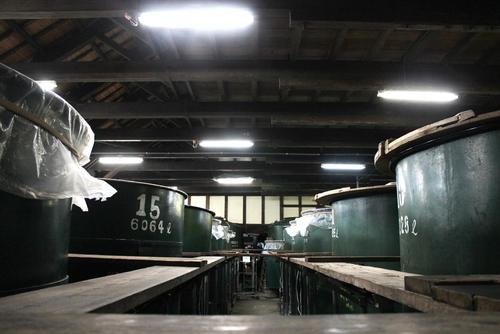
The habit of drinking sake is changing with the times. Introducing past and modern customs and sake breweries that are now popular as tourist destinations.
Sake was once drunk in Shinto ritual
The scene of drinking sake was once limited to Shinto rituals such as praying for a good harvest. Sake served at shrines is still called "Omiki", and sake and Shinto ritual are still deeply involved.
The habit of drinking sake that remains today
Even in modern Japan, sake is indispensable for celebrations such as New Year and weddings. It can be said that ancient Japanese events and sake have an inseparable relationship, just like Shinto rituals.
[Do you care about Japan? Would you like to learn Japanese together? ]
Visit sake breweries for sightseeing! Japan's leading sake brewery
The sake breweries that represent Japan are known as the "three major sake breweries in Japan", and they are as follows.
- Nada: A sake brewery near Nada Ward, Kobe City, Hyogo Prefecture, with many sightseeing spots such as a museum and "Sake Brewery Road". It features a crisp sake called "Nada no Otokoshu".
- Fushimi: A sake brewery around Fushimi Ward, Kyoto City. Since it originates from a sake brewery made at temples and shrines, it has a long history and features a gentle and sweet taste called "Fushimi no Onnashu". Since it is also a landscape maintenance area, it is a recommended area to be included in the Kyoto sightseeing route.
- Saijo: A sake brewery located around Saijo, Higashi-Hiroshima City, Hiroshima Prefecture. The person named Miura Senzaburo, who was born here, is said to be the creator of Ginjo Sake. It is also famous as a famous water place, and you can enjoy more than 1,000 brands of sake at the "Sake Festival" held every October.
Summary
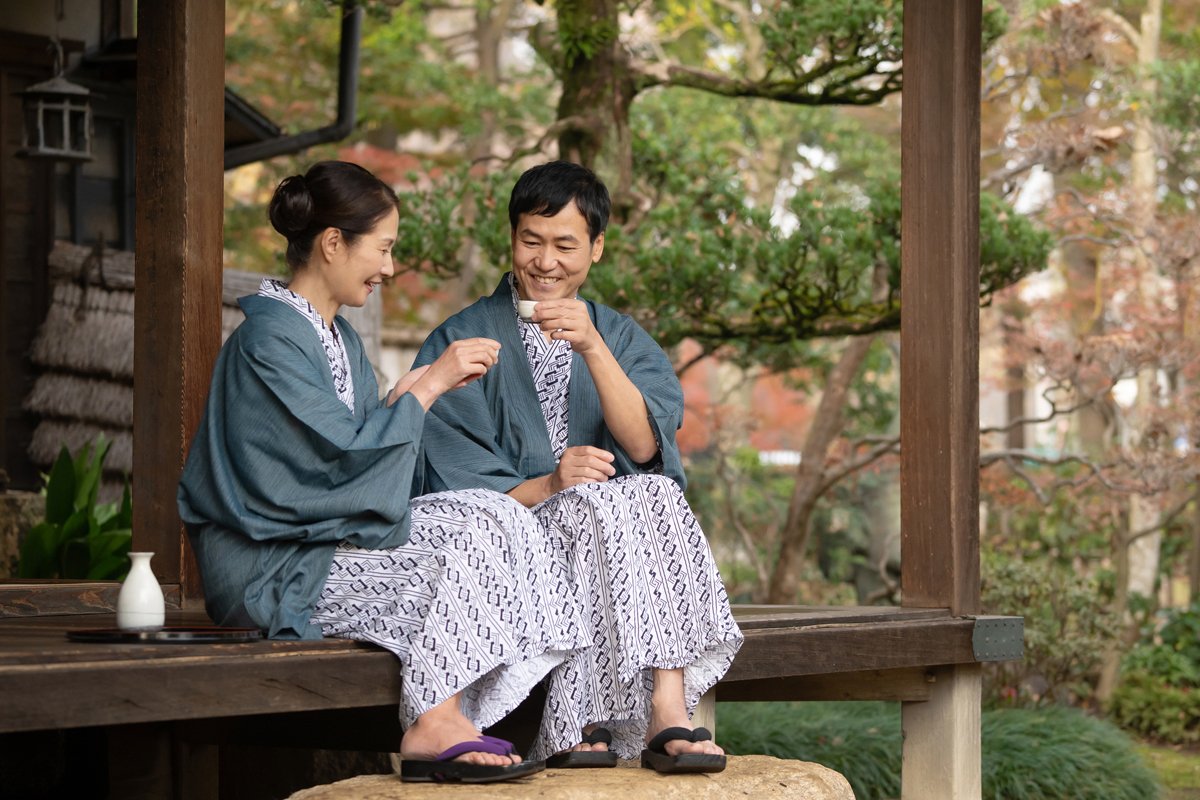
The origin of sake is said to be before the Yayoi period, and it has a very old history. Sake, which was once drunk only in Shinto ritual, has become widely enjoyed as the manufacturing method has been refined with the times. Why don't you think about the history of sake that you have walked with Japanese people by visiting sake shops as sightseeing spots and comparing famous sake.
This article is a partial re-edit of the article published in Nihongo Biyori by KARUTA.
Unauthorized reproduction or use of the contents, text, images, illustrations, etc. of this site is strictly prohibited.
Mini Lesson Corner
Let's learn about Japan and Japanese!
How to make sake in 90 seconds
CATEGORIES
FEATURED TAGS
RECOMMENDATION
-
 報BUSINESS TERMS
報BUSINESS TERMSWhat is ”Ho-Ren-So”, one of the basic manners when working in Japan?
10/30/2020
-
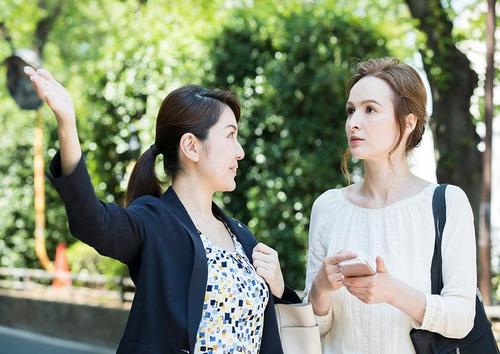 伝WORDS & GRAMMAR
伝WORDS & GRAMMARWhat is easy Japanese?
10/30/2020
-
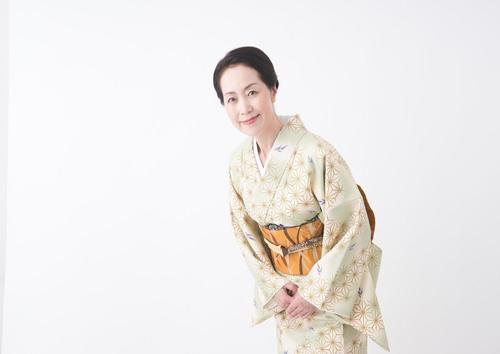 礼MANNERS
礼MANNERSJapanese greeting customs and origins. What are the greetings from other countries?
10/30/2020
-
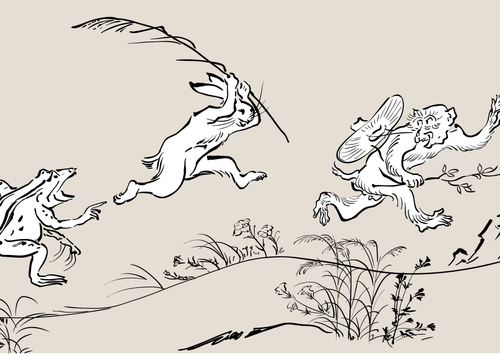 戯COMIC & GAME
戯COMIC & GAMEThe roots of animation and manga? Introducing bird and beast caricatures
10/30/2020
-
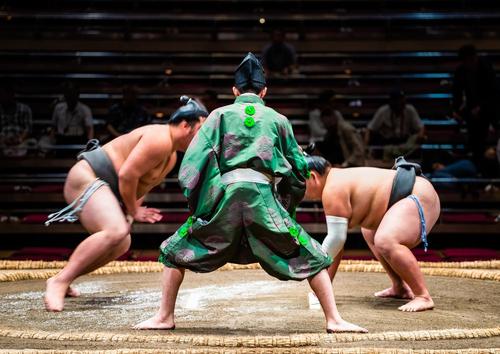 戦SPORTS
戦SPORTSThe history of sumo goes back to the mythical world! ?? Transition from myth to modern times
10/30/2020
LET’S PLAY
KARUTA!
Do you know the meaning of this...
NEXT...
FURTHER EXPLORATION
INTERESTED
IN JAPAN?
WHY DON’T YOU
LEARN JAPANESE WITH US?
START LEARNING
JAPANESE
WITH HUMAN ACADEMY!
ONE OF
THE MOST POPULAR
JAPANESE
LANGUAGE SCHOOLS
JAPANESE
LANGUAGE SCHOOL
OFFERING EXCELLENT
DETAILED LESSONS

ONLINE SCHOOL
- Learn with your classmates from all over the world
- Variety of Courses for All Needs
- FREE Trial Lesson available

TOKYO, OSAKA
- Offer the Best Curriculum for You
- Make New Japanese Learning Friends
- Many Opportunities to Practice Japanese
MAKE FURTHER
STEPS
WITH HUMAN ACADEMY!
ONE OF
THE MOST POPULAR
JAPANESE
LANGUAGE SCHOOLS
JAPANESE
LANGUAGE SCHOOL
PRODUCING MANY
JLPT N1 CERTIFIED
STUDENTS!

ONLINE SCHOOL
- Learn with your classmates from all over the world
- Variety of Courses for All Needs
- FREE Trial Lesson available

TOKYO, OSAKA
- Support Your Higher Goal of Japanese Learning
- Perfect Environment for Japanese Learners
- Learn with Your New Japanese Study Mates




